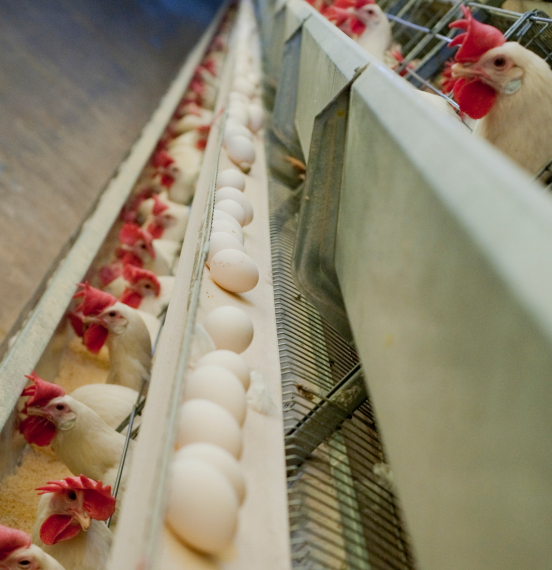
Our Approach
We developed a preliminary response draft as a “just in case” measure as part of the full-service communication support we provide to United Egg Producers. When avian influenza was detected at an egg farm, we immediately crafted a detailed response plan based upon our extensive experience in the food industry. We coordinated with UEP, USDA and egg and poultry organizations to provide consistent messaging to the media and stakeholders. Key messages were reiterated in a variety of materials and routinely updated with developing issues as the outbreak unfolded.
As the point of contact for media inquiries, we wrote and provided statements, answered questions, coordinated interviews and connected reporters with others who could best answer specific questions.
We developed materials for use by UEP farmer-members to protect their flocks and communicate with their customers, local media and elected officials. These materials included stakeholder updates, Q&As, newsletter articles and contact lists. We coordinated nearly 20 conference calls, where up to 275 farmers and egg industry members dialed in for situation updates. Additionally, we supported producers with affected flocks by establishing communication guidelines and supporting media inquiries.

